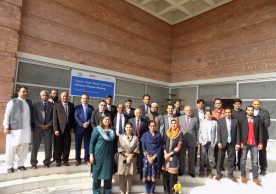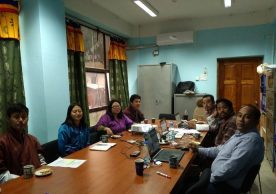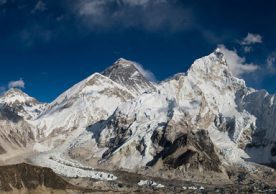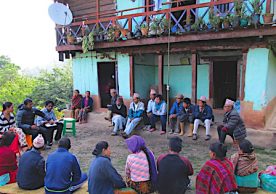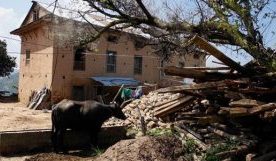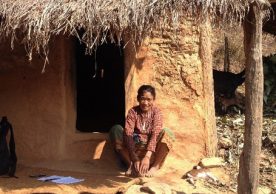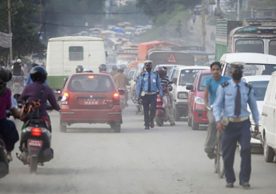Each year, we mark 20 May as World Bee Day to raise awareness about the essential role bees play in keeping people and the planet healthy and about the many challenges they face today. The theme for World Bee Day 2022 is ‘Bee engaged: Celebrating the diversity of bees and beekeeping systems’, which focuses on re-thinking how to better protect bees and the livelihoods and systems they support.Bees are integral to biodiversity maintenance through the reproduction of many plant species. They support forest regeneration and improve the quantity as well as quality of agricultural production. Globally, the livelihoods of millions of people depend on healthy beehives and populations. In this article, we highlight the diversity and roles of bees, specifically, honeybees in the Hindu Kush Himalaya (HKH) region.
Honeybee diversity
Of the 20,000 or so species of bees in the world, only nine are classified as honeybees. They are the Asian hive bee (Apis cerana), Koschevnikov’s honeybee (Apis koschevnikovi), Borneo’s honeybee (Apis nuluensis), the Philippine honeybee (Apis nigrocincta), the red dwarf honeybee (Apis florea), the black dwarf honeybee (Apis andreniformis), the giant honeybee (Apis dorsata), the Himalayan giant honeybee (Apis laboriosa), and the Western honeybee (Apis mellifera).
While the Asian hive bee, the red and black dwarf honeybees, the giant honeybee, and the Himalayan giant honeybee are indigenous to the HKH, the Western honeybee was introduced here.
Bees, pollination, produce, and incomes
Honeybees have the tendency to collect more nectar than they need. They store the excess in the cells of wax combs, add some of the enzymes they produce to the stored nectar, and convert the same to honey.
Honey and other bee products – beeswax, royal jelly, pollen, bee venom, and propolis – offer a good opportunity for people, particularly rural women and men, to earn stable incomes without damaging the environment.
As bees hover over different flowers collecting nectar and pollen, they provide pollination services. Pollination is a first step towards fertilization and is essential for many crops to produce fruits and seeds.
It is estimated that three quarters of the world’s cultivated crops are pollinated by different species of bees, and honeybees are recognized as the most reliable pollinators. Several experiments show the production of seeds, nuts, berries, and fruits are highly dependent on honeybee population. Pollination increases fruit and seed settings as well as the size, quality, and stability of harvests.
The role honeybees play in the conservation of biological resources is often underrecognized: More pollination means more seeds, more young plants, and eventually more biomass, providing food and habitats for birds, insects, and other animals.
In addition to the direct income from bee products and indirect income from pollination services, beekeeping offers an opportunity to create employment in many fields including hive carpentry, honey trading, renting and hiring of bee colonies for pollination, and bee-based micro-enterprises.
Besides this, wild honeybees, particularly the Himalayan cliff bee, offer an opportunity for mountain communities to raise their incomes – through honey hunting and bee watching tourism. As the Himalayan cliff bees build huge nests on inaccessible cliff faces and show fascinating defense behaviour, bee enthusiasts and other tourists are willing to pay to see their nesting sites and observe the art of honey hunting.
Declining honeybee populations
Several reports indicate that the population and diversity of honeybee species is declining in the HKH. Factors causing the decline include climate change, increased incidence of pests and diseases, habitat loss through land cover and land use changes, increasing monoculture and application of pesticides and herbicides, and reduced access to the diversity and quantity of floral resources. The decline has been observed along two lines – first, the number of sites with bee colonies declined; second, the number of colonies per nesting site has decreased.
The scientific evidence suggests that where flora of significance are in decline, impacts on species resilience may be exacerbated. Evidence reveals that declines in honeybee populations have serious consequences for the incomes of beekeepers and rural honey hunters.
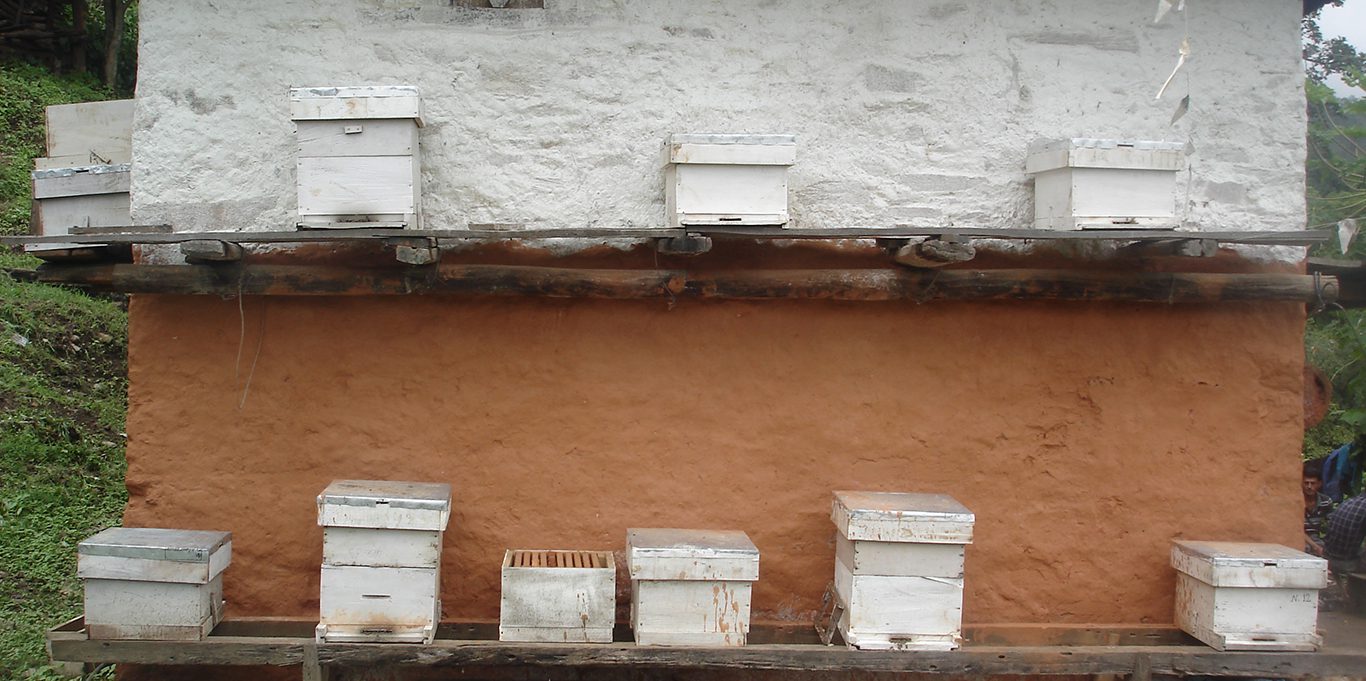
The need to promote honeybees
Keeping in view the many roles that honeybees play in improving livelihoods and maintaining biodiversity, efforts are needed to conserve honeybee species and promote good beekeeping practices.
The first step towards conservation and sustainable management is to create awareness about the importance of honeybees and to develop and effectively implementable guidelines for protecting them from harmful pesticides and insecticides. We also need effective regulations to control the transmission of diseases; the marketing, distribution and use of pesticides; and the introduction of new strains or hybrid bees. It is equally important to improve yields by setting up selection and breeding programmes and improve efficiency of products value chains by strengthening links between inputs suppliers, beekeepers, processors, and honey traders focusing on quality production and branding.
According , to the IPBES global assessment report, the volume of production of pollinator-dependent crops has increased by 300 per cent over the last five decades, making livelihoods increasingly dependent on the provision of pollination. This demands for concerted efforts to conserve and protect indigenous bees and promote sustainable beekeeping. For this, beekeepers and value chain actors need to be supported when it comes to adding value and strengthening market linkages for honey and other bee products (beeswax, royal jelly, pollen, bee venom, and propolis) that are important sources of cash income and have medicinal and cultural value to human societies.

